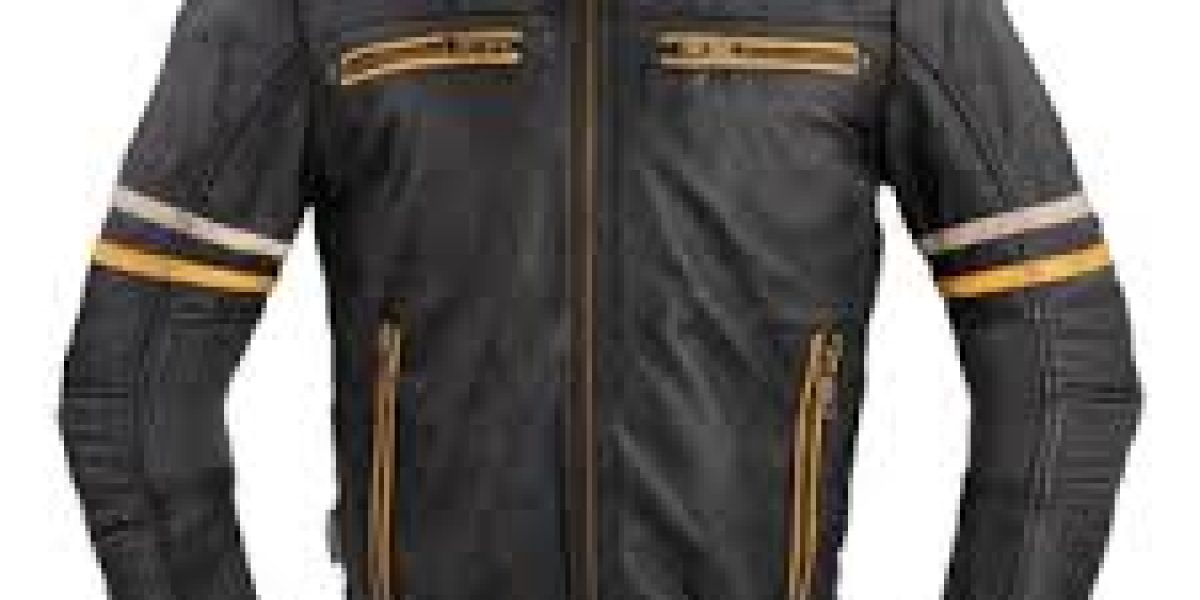Fashion is an ever-evolving industry Mens Racer Jacket has been integral to human culture for centuries. It transcends mere clothing, becoming an art form, a statement, and a means of self-expression. From the opulence of royal attire to the minimalism of contemporary streetwear, fashion has evolved in many directions. Its influence stretches beyond the runway, impacting social, political, and economic spheres.
Fashion as an Expression of Identity
Fashion has always been a powerful way for individuals to communicate their identity, beliefs, and status. From the dawn of civilization, clothing has signaled cultural values, social status, and personal identity. In ancient Egypt, for instance, the elite wore linen and adorned themselves with jewelry made of precious metals and stones. These garments and accessories were not merely decorative; they symbolized their power, wealth, and divine connection.
Fast forward to the 20th century, and fashion continues to serve as a medium for self-expression, but the context has changed. In the 1920s, the flapper style in women’s fashion emerged, representing a shift toward greater independence and liberation. Women cut their hair short, wore shorter dresses, and rejected traditional feminine roles. This was not just about style—it was a statement of defiance against the constraints placed on women at the time.
Similarly, in the 1960s and 1970s, the rise of counterculture movements, such as hippies and punks, brought fashion to the forefront of social and political rebellion. Fashion became a tool for protest, whether it was through the use of military-inspired designs to challenge war or punk rock fashion that rejected mainstream aesthetics. The power of fashion as a form of protest and self-empowerment is seen in the way that people continue to use it to express their individuality and take a stand on important issues.
The Cycle of Fashion Trends
One of the defining features of fashion is its cyclical nature. Trends from previous decades tend to make a comeback, though often with a modern twist. This cyclical pattern can be seen in everything from the revival of vintage clothing to the resurgence of particular styles such as the 1990s grunge look or the 1970s boho chic. Fashion is constantly looking back, taking inspiration from the past, and remixing it for the present.
Designers often draw inspiration from history, art, and culture when creating new collections. This is why certain styles, such as tailored suits or floral prints, continue to appear on runways season after season. Fashion, in this sense, is a dialogue between the past and the present, constantly evolving but always rooted in historical influences.
Fashion and Technology: A New Era
Technology has radically transformed the fashion industry in recent decades. In the past, fashion was primarily influenced by designers and brands. Today, however, technology has democratized the fashion world. With the rise of social media platforms like Instagram and TikTok, fashion trends are now created by influencers and everyday people as much as they are by professional designers.
Moreover, advancements in digital technology have had a profound effect on how fashion is produced and consumed. Virtual fashion shows, 3D printed garments, and digital fashion platforms are all reshaping the way the industry operates. Fashion is increasingly becoming a digital experience, and the lines between physical and virtual fashion are beginning to blur.
Sustainability and Ethical Fashion
In recent years, fashion has faced increasing scrutiny for its environmental impact. The industry is known to be one of the most polluting in the world, with textile production accounting for a significant percentage of global carbon emissions and water usage. As a result, there has been a growing movement towards sustainable fashion.
Sustainable fashion involves using eco-friendly materials, reducing waste, and promoting fair labor practices. Brands like Patagonia and Stella McCartney have been at the forefront of this movement, offering consumers the chance to buy stylish pieces that are made ethically and sustainably. At the same time, there is a growing trend of “slow fashion,” which encourages consumers to buy less, invest in quality pieces, and consider the lifecycle of their clothing.
Fast fashion, a model that focuses on rapidly producing cheap, trendy clothes, has come under intense scrutiny for its environmental and ethical implications. As consumers become more aware of the impact of their clothing choices, the demand for sustainable and ethical fashion is likely to continue to grow.
The Globalization of Fashion
Fashion has also become increasingly globalized, with trends now spreading around the world almost instantly. The internet, social media, and global supply chains have made it easier for fashion trends to travel across borders. What’s trendy in one part of the world can quickly become popular elsewhere, creating a global dialogue about style.
This globalization of fashion has also led to a blending of cultural influences. Designers today draw inspiration from a vast array of cultural traditions, incorporating elements from African, Asian, and Latin American aesthetics into their collections. However, this blending of cultures raises questions about cultural appropriation and the importance of respecting the origins of certain garments and patterns.
Fashion in the Future
Looking ahead, fashion will likely continue to evolve with the advancement of technology, changes in societal values, and increased awareness of sustainability. Fashion will remain a mirror of society, reflecting our values, struggles, and aspirations. However, it will likely become even more inclusive, with greater representation of different body types, genders, and cultures.
As we enter the future, one thing is certain: fashion will continue to play a significant role in how we communicate our identities, express creativity, and engage with the world around us. Whether it’s through cutting-edge technology or sustainable practices, fashion will keep transforming, challenging conventions, and offering us new ways to wear the world.












